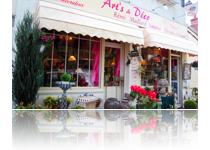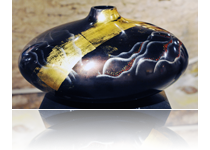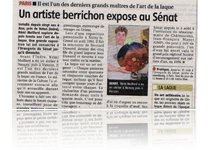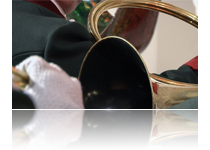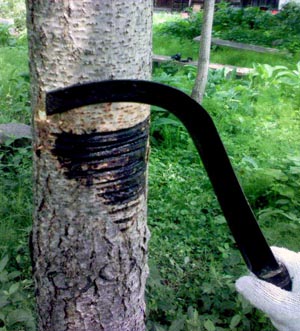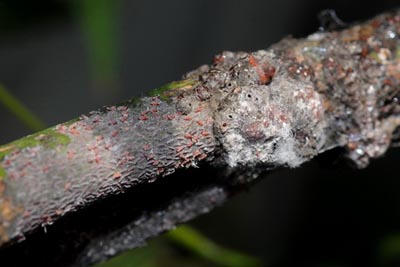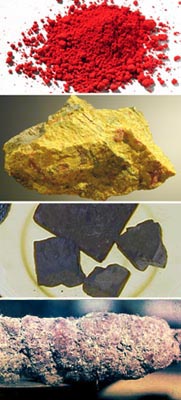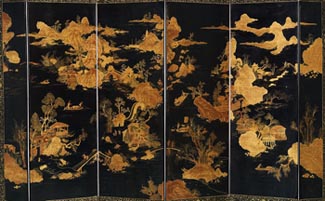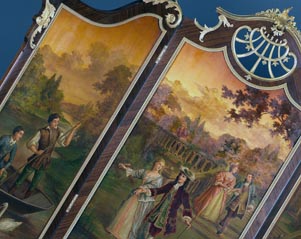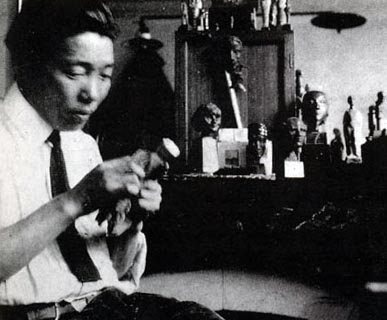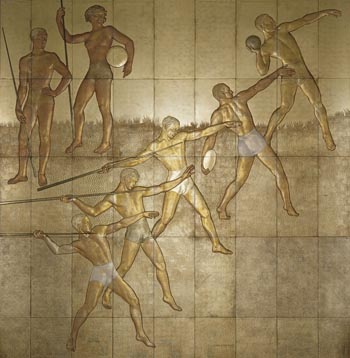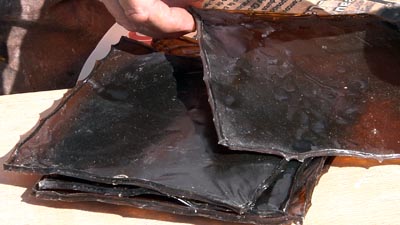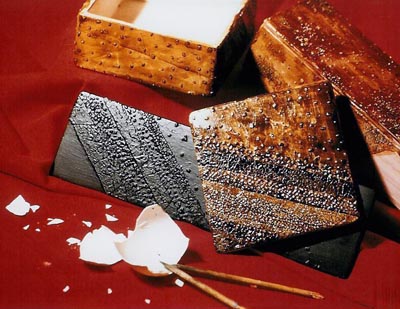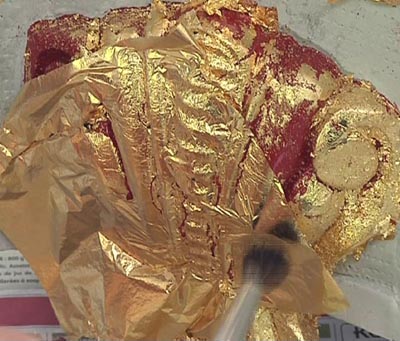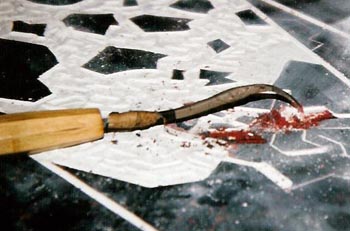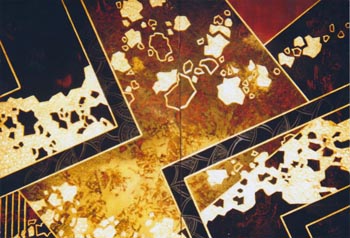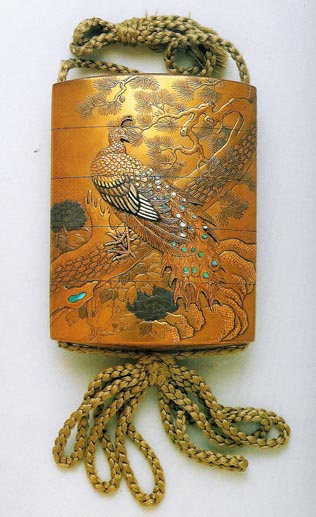| Tweeter |  |
| Find us Contact |   |
| » Music | |
 | |
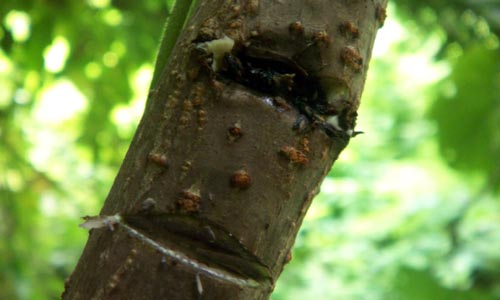
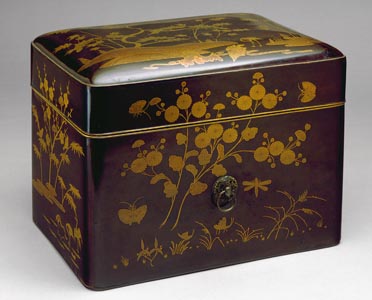
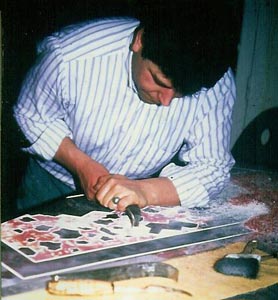
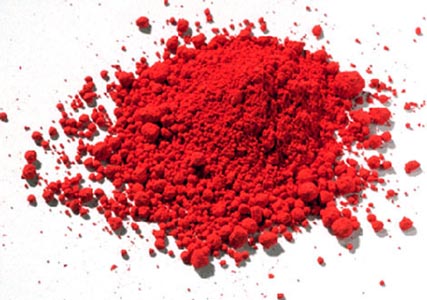
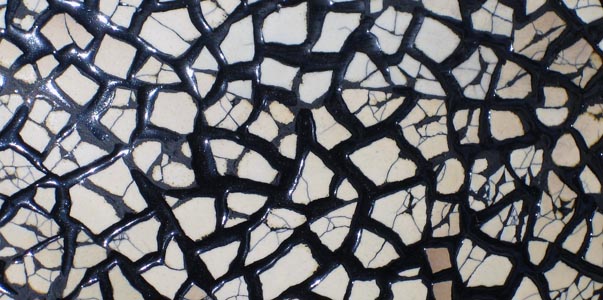
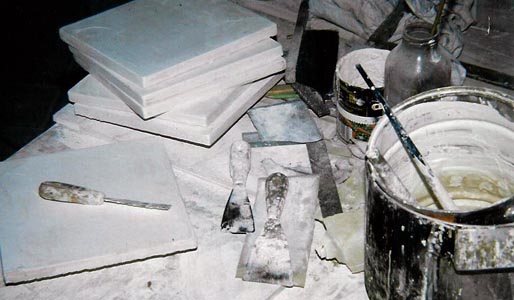
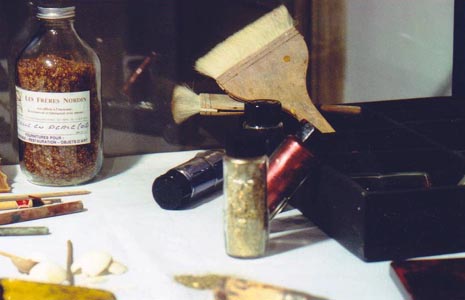
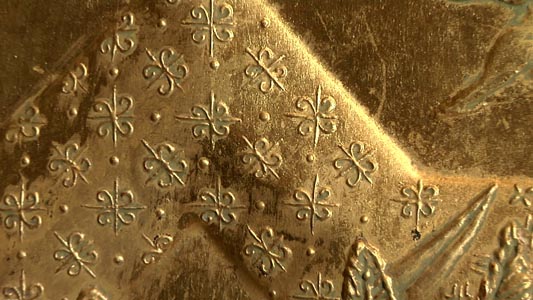
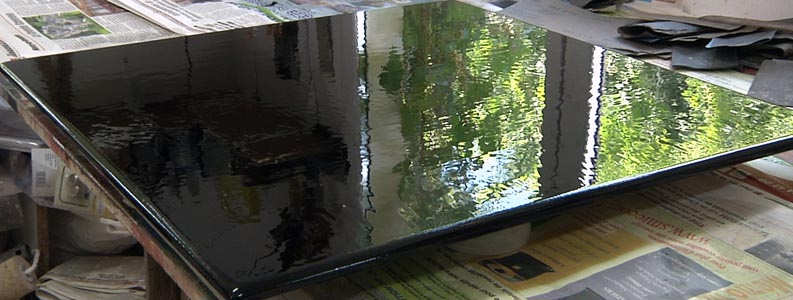
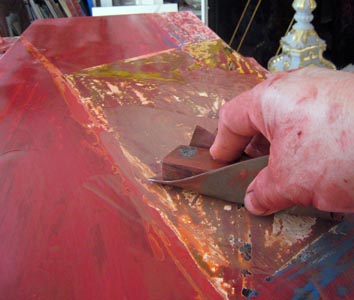
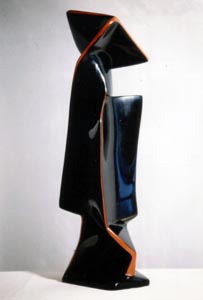
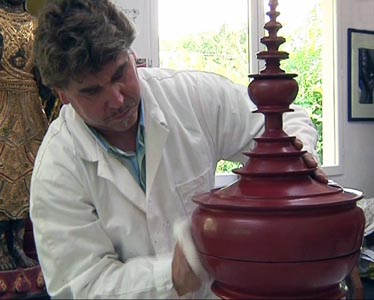
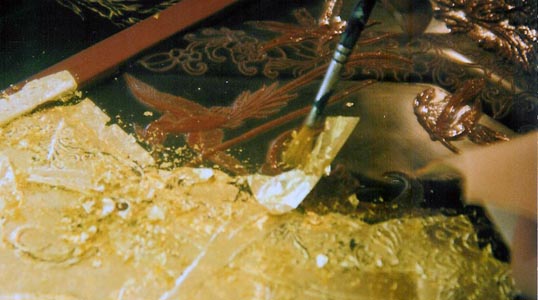
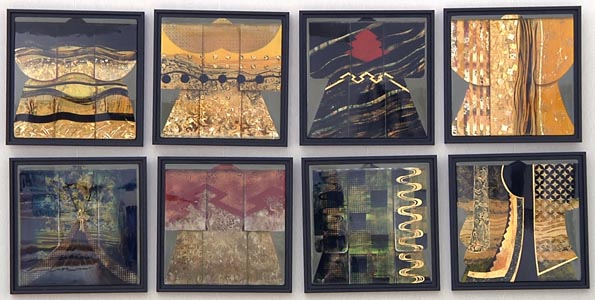
| |
History of Lacquer and LacquerIn French, one is grammatically of masculine gender and means the finished and decorated object, the second, of feminine gender, means the natural substance, from plants or animals. This is not often that one has the opportunity to appreciate in exhibition the lacquer of traditional craftsmanship, a true how-know, a work of strictness and techniques that are becoming rare. The most ancient lacquer items that we know, discovered during excavations in China, would be dated back to more than 8000 years before Jesus Christ. 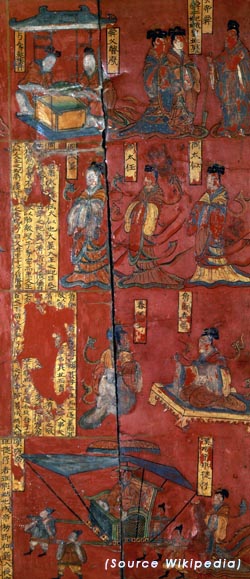
An ancient Japanese chronicle dates the foundation of the first lacquer workshop back to the era of Emperor KOAN (392-291 BC). The workshop witnesses a structured and regulated reorganization where the vegetable lacquer (urushi) is collected, applied, decorated according to some specific and immutable techniques and procedures. If the origin of the word lacquer is Indian, the anteriority of the lacquer’s process comes without any doubt from China. With remarkable qualities, waterproof, heatproof, acids proof, the natural lacquer, as the latex from the Sumac tree, possesses a serious default though: its toxicity, with effects going from skin issues to leukemia. Only four natural colourings are able to be mixed to the lacquer in its process of polymerization, limiting the colour palette. Nowadays, thanks to the great progresses in laboratory researches, if many pigments are still mineral, the colour palette has widely expended with the discovery of synthetic colours. 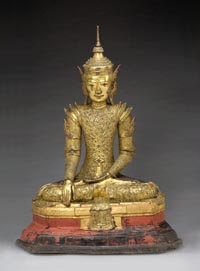
The lacquer follows the evolution of any form of art: simple at the beginning, the lacquer was only meant to be a protection for the usual objects against the bad weather. It rapidly spreads in the whole Far-East Asia (China, Japan, Korea); the decorative aspect will take over bit by bit the utilitarian aspect. The lacquer artists will be more and more creative to captivate the aristocracy and the imperial courts of Japan. In early 17th century, we are far from the resin coated bowl we saw at the beginning; the decors are emulate each other with delicacy and elegance, with their chiseling, carving, pigments, metal leaves, aventurines application, incrustation of mother of pearl, egg shells, and so on.
In Japan, the introduction of Buddhism in the 6th century imposes a strong Chinese culture and transmits the ancestral techniques of lacquer. At the beginning of the 16th century, Persia produces laminated lacquer paper objects. The pieces are coated with a varnish made of mastic gum and Venetian turpentine. The introduction of the lacquer in Europe proceeded in two steps. Still in the beginning of the 16th century, the missionaries who travelled all over the Middle-East wrote in their notebooks the existence of this material while the Dutch, Portuguese and Venetian navigators brought back from their far-off trips the first lacquer objects. They arouse so much craze and wonderment that in the 18th century, from Paris to Saint-Petersburg, and from London to Vienna, one is proud to possess precious collections of lacquers. 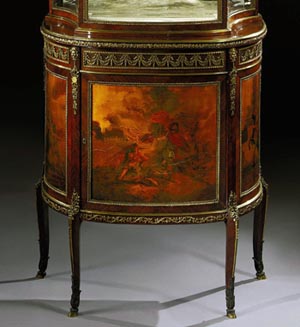
From then on, because they couldn't get the Sumac resin (Rhus Vernix) and wished to reproduce the eastern lacquer, the Europeans tried without really succeeding to create varnish and Chinese style decors. This was the case of the Dutch HUYGENS and of the MARTIN brothers in France. We need to wait for the 20th century with the World's fair in Paris and the moving of Seizo SUGAWARA, Japanese lacquer painter, to see the revival of the traditional technique and the importation of the original resin. His first students were Eileen GRAY and Jean DUNAND, along with Katsu HAMANAKA. 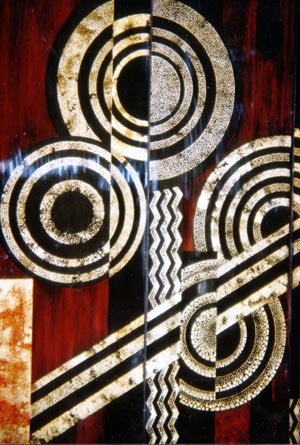
The Art Deco has contributed a lot to its knowledge and development in the West, provoking the birth of a typically French Art of Lacquer, motivated more by the decorative qualities of the material than by its utilitarian aspect. Jean DUNAND left an important work, by its quality and diversity, designating him as Lacquer Master of the 20th century. His son Bernard DUNAND along the same line gave the love of the work to Rémi MAILLARD. The latter carries on to this day this long travel to the creation. |
The Differentes Steps of Réalisation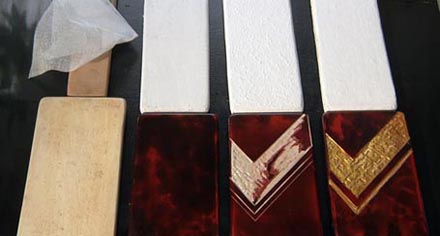
Preparing the support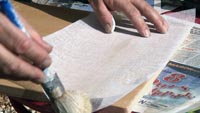
This first step is of the utmost importance and the wood as always been THE support of the lacquer. This is a lively support, very easy to shape and on which everything sticks. If nowadays, the lacquer can work directly on the wood, in the past, it was necessary to cover it with a coating. The Pigmentation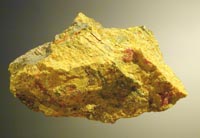 The coloration is made from mineral pigments. Traditionally, there were only Si four colourings, particularly toxic, able to be mixed to the natural lacquer. Fortunately, nowadays, the lacquer has the chance to dispose of a larger chromatic palette. The Painted Lacquer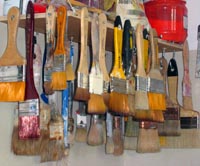
With the chromatic poverty of the original material, new techniques have to be developed over the centuries that would not use coloration. The most common one was the painted lacquer, used as a painting, with a flat tints décor. The Incrustation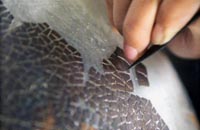
The artist also use incrustation, carried out following two procedures: either setting rather tick pieces as jade, tortoiseshells as well as ivory that will lightly bulge; or flooding between layers of lacquer some thinner materials such as mother-of-pearl or eggshell, the most known incrustation to obtain the white color, that will reappear with the sanding. The Plating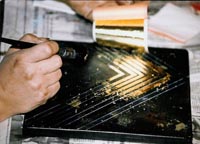
Another technique particularly popular among the lacquers are the application of thin metal foil, millenary technique magnificently illustrated by the Buddha and other religious statues that abound almost everywhere in Asia. The Sculpture / The Relief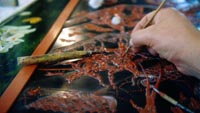
Among the range of traditional techniques, we have the sculpture that will be shaped on a mold of canvas impregnate with lacquer, and the relief where the artist locally overlays an important number of layers of lacquers or finishing. The Carving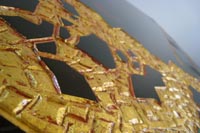
Contrary to sculpture and relief, carving reveals the thickness and the shapes by incision of the lacquer. In Burma, these incisions were used by filing them with gold dusts, or metallic dusts. Otherwise, the lacquer can carve very deeply and reach the coating. This technique is called the Coromandel. Les Glacis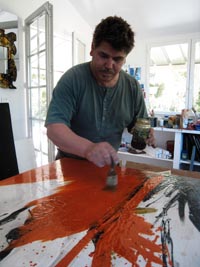
Once the decor is set up comes the glaze, or glazing, that will give all the depth to the décor. A quality work will be judged by the number of layers, layers that will successively put and can take sometimes several days of drying depending on the varnish used. They are these layers that will give the mystery, this secret aspect in the lacquers, without knowing where begins and ends the decor. The Sanding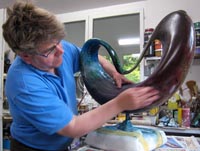
This undoubtedly is, with the buffing, the most physical step in the art of the lacquer. It means sanding every layer of glaze so it will remove all the impacts of dust. The perfection is the goal, the perfection of the surfaces. Therefore, one has to remove all the traces of brushes, the slightest flaw, to get the mirroring surface. Le Lustrage
The lacquer is an initiatory path, an alchemy. Each step brings a meeting that leads, when it is placed end to end, to the revealing of the work. The veil is lifted by the buffing. There, everything is revealed, the depth, the wonders, but also the slightest flaw, the neglect of rinsing a varnish or the error made at the beginning, will be revealed by the buffing. This is the moment of truth that will sanction months of work. |


